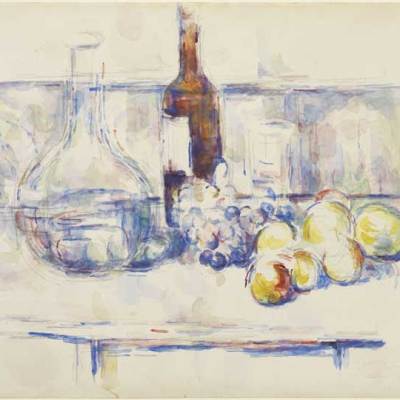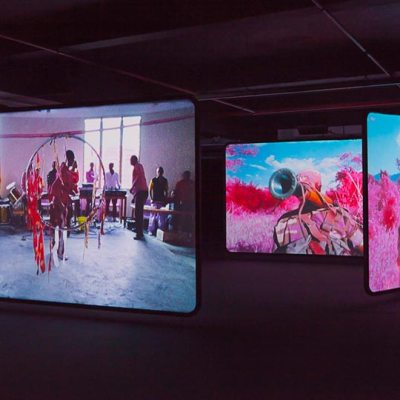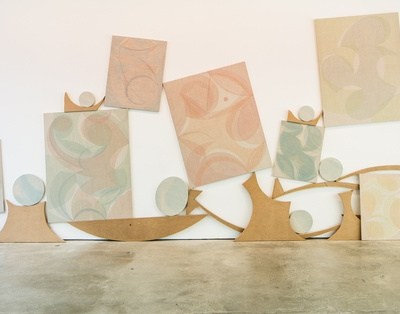Heike Biedermann and Andreas Dehmer, the curators of ‘To Egypt! The Travels of Max Slevogt and Paul Klee’ at the Dresden Albertinum, tell us a little more about the exhibition, and the challenges of putting it together.
Click here for a gallery of highlights from the show
Can you tell us a bit about the exhibition?
The exhibition is about the travels to Egypt of two great artists of the early 20thcentury: the impressionist Max Slevogt visited the country on the River Nile in 1914; the Bauhaus artist Paul Klee around the turn of the year 1928/1929. Both were fascinated by its nature and rich culture. Their experiences provided inspiration for amazing pictures that are shown together for the first time at our exhibition.
What makes this a distinctive show?
We managed to collect all of the oil paintings, watercolours and drawings made by Max Slevogt during his travel to Egypt that are still accessible today. His pictures enter into an exciting dialogue with the works of Paul Klee – it is also the first full analysis of Klee’s travel to Egypt. To accompany the exhibition, two monographic catalogues are being published, in which both artistic journeys are documented completely.
How did you come to curate this exhibition?
Our starting point was the holdings of the Galerie Neue Meister, which owns 17 of the former series of 21 oil paintings from Slevogt’s travel to Egypt. For quite some time now we have been conducting a research project on the reception of Egypt in the first half of the 20th century, upon which the exhibition is also based. Last but not least is the fact that it’s been exactly a hundred years since Slevogt visited Egypt!
‘Kamel (in rhythm. Baumlandschaft)’ (1920), Paul Klee © Kunstsammlung Nordrhein-Westfalen, Dusseldorf

What is likely to be the highlight of the exhibition?
Many works by Paul Klee are a result of his artistic response to the advanced civilisation of ancient Egypt. In the exhibition, they are displayed in close proximity to Egyptian pieces of art dating back thousands of years, which are today part of the holdings of the Skulpturensammlung Dresden. This confrontation is going to open up particularly attractive new horizons.
And what’s been the most exciting personal discovery for you?
What was thrilling was the discovery of a small privately owned statuette used at funerals (shabti) from the Ramesside period that Klee obviously acquired directly from Egypt. Furthermore, Slevogt’s travel becomes vividly comprehensible thanks to the first full transcription of the diary written by Eduard Fuchs, one of his travelling companions.
What’s the greatest challenge you’ve faced in preparing this exhibition?
Surely, it is bringing together two artists whose works and working methods could have hardly been more different. But this is the essential appeal of an exhibition like this – one that makes the prevailing pictorial methods and characteristics of the time visible.
How are you using the gallery space? What challenges will the hang/installation pose?
The large exhibition space in the Albertinum is structured by painted walls – one colour is dedicated to each of the two artists. Thus, single exhibition areas are made that at the same time merge into one another. Moreover, the arrangement of movable walls gives appealing perspectives and lines of sight, constantly creating new views and links.
Which other works would you have liked to have included?
We would have liked to show Paul Klee’s work Haupt- und Nebenwege from the Museum Ludwig in Cologne, one of the most important results of his travel to Egypt. The painting could not be transported due to conservational care. And of course the two oil paintings Bab Zuwele and Kleine Abendstimmung of Slevogt’s Egyptian series that today are lost. But we are lucky enough to be able to present more than 80 pieces by Klee and 60 pieces by Slevogt.
‘To Egypt! The Travels of Max Slevogt and Paul Klee’ is at the Dresden Albertinum from 30 April to 3 August 2014.



